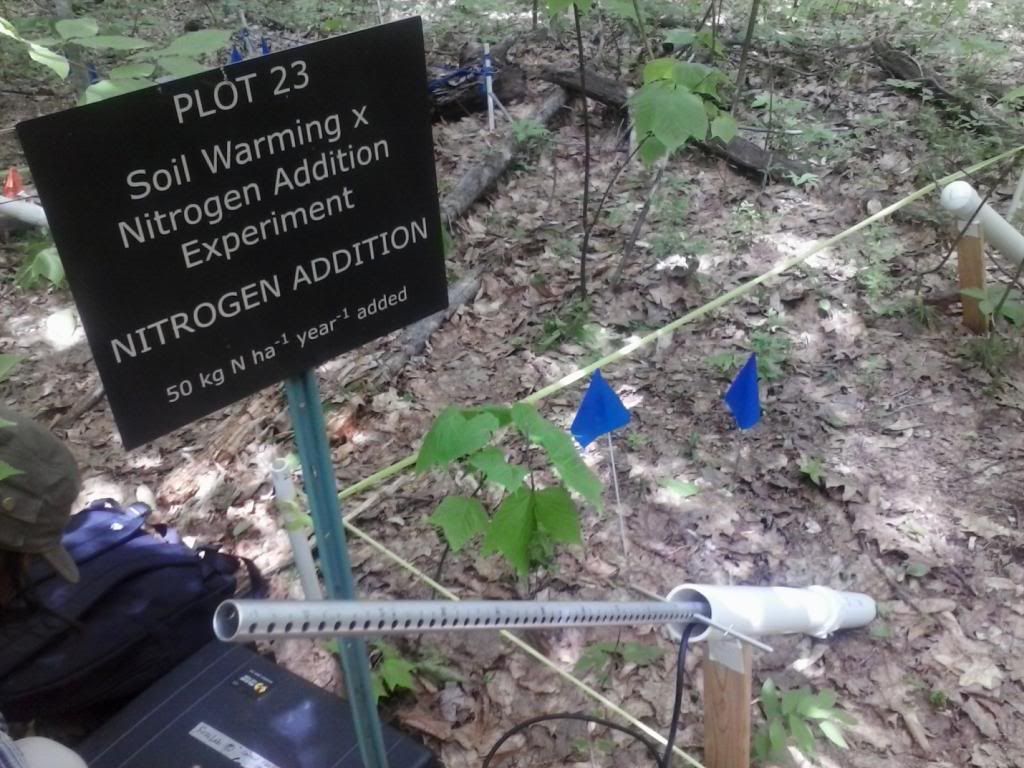By: Arline Gould
We rarely give much thought to what goes on beneath our feet. Even those of us who enjoy outdoor activities spend considerable amounts of money on shielding our soles from the earth upon which we walk. So much of what we know and experience pertains only to aboveground settings. Plants, on the other hand, derive much of their livelihood from the soil on which most of us are content merely to tread.
This summer, I have the opportunity to alter common conceptions of forests, specifically the temperate forests I have grown up in and learned from throughout my entire life. With my mentor, Rose Abramoff, and fellow intern, Johanna Recalde, I will be exploring the growth and decay of fine roots in the Harvard Forest. This is important because fine roots are a significant component of the cycles which makes forest soils a major carbon sink. If we can gain a better understanding of root life cycles and thus belowground carbon sequestration, we can better predict the effects on climate change on those cycles. We do this using a cylindrical camera called the Minirhizotron, which I embarrassingly proposed slinging over my back while riding a bicycle during our orientation week (if you laid eyes upon the size or price tag of this piece of equipment, you would realize just how ridiculous of a proposition that was). The camera fits perfectly into about 60 tubes installed throughout the forest, including 24 in the nitrogen addition/soil warming plots.
Minirhizotron

Here are close-ups of our non-waterproof Minirhizotron and our indispensable Swiffer, used for periodically cleaning condensation out of the tubes while taking photographs.:
